Russian vegetables (овощи) are essential staples in the local diet, with different varieties encompassing both native and non-native ones. The types of vegetables grown in this country range from root ones that endure the cold winters to crops that thrive during the warmer months.
A study by the Analytical Center and the Roscongress Foundation found that vegetables are the most common food of Russians, with 46% eating them almost daily. So, let me show you the 12 most popular vegetables in Russia to have an in-depth exploration of them
These foods also play a crucial role in traditional preservation methods, such as pickling. So, I’ll also discuss some of the best varieties to make Russian-style pickles with a distinctive taste and crunch.
Thanks to the versatility of vegetables, they are key ingredients in locals’ daily meals, from hearty soups and stews to refreshing salads. Let’s dig in!
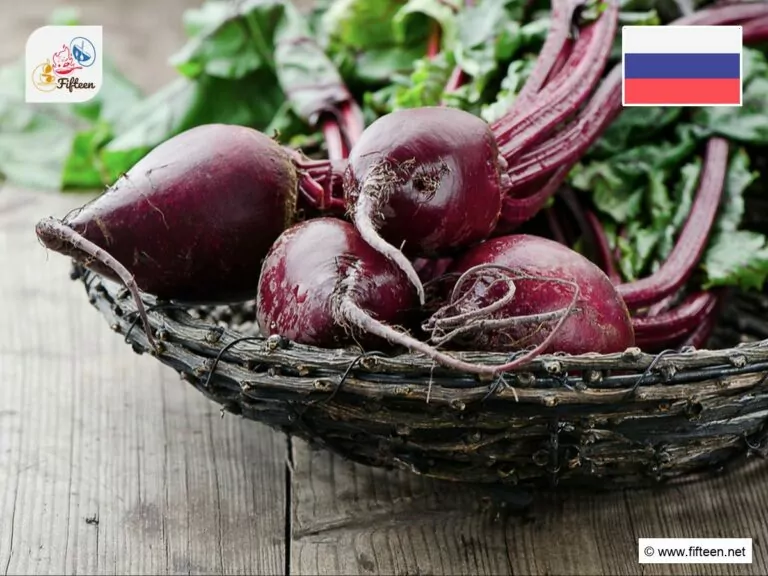
12 Popular Vegetables Grown in Russia
Let’s discover 12 vegetables grown in Russia, featuring both native and non-native varieties. They all play a crucial role in Russian cuisine. Moreover, use the filter below to search for your favorites
Potato
- For Dishes
Potato (Картошка in Russian) is one of the most important vegetable deeply rooted in the Russian cuisine. Originating in the Andean region of South America, potatoes were introduced to Russia in the late 17th century by Peter the Great, who encountered them during his travels in Europe.
By the 19th century, potatoes had become a staple crop in Russia, particularly in the northern and central regions. This tuber appears in many traditional dishes, such as borscht soup, Olivier salad, or draniki pancakes.
Common ways to cook potatoes are boiling, frying, baking, or mashing them. They can be served as a simple side dish to accompany meats, fish, and other vegetables. Their ability to be stored for long periods is also a big plus, making them a reliable food source in the cold Russian winters.
Cabbage
- For Dishes
- For Garnishes
Cabbage (капуста) is a cruciferous vegetable that has been cultivated in Russia for centuries, though it originated in Europe and the Mediterranean region. Today, cabbage is a key ingredient in many traditional dishes, like shchi, a warming cabbage soup, and borscht soup with beet.
With its mild flavor and crisp texture, cabbage is also widely used to make fresh salad and other cooked dishes. In addition, cabbage is fermented to produce sauerkraut, a tangy, preserved food with many probiotics.
This veggie also contains high levels of vitamins C and K, as well as fiber, which supports the human digestive system.
Carrot
- For Dishes
- For Garnishes
Native to Persia, carrot (морковь) is an orange root vegetable that has found a prominent place in Russian gardens and kitchens.
In local kitchens, carrots are grated and used in salads, such as the famous Russian carrot salad, which combines carrots, garlic, and mayonnaise. Carrots also feature in hearty soups like borscht.
Additionally, they are a crucial component in stews and braised dishes, where they lend their natural sweetness to balance savory flavors. Furthermore, the versatility of carrots even extends to their use in pickling.
They are typically harvested in late summer and early autumn, ensuring a fresh supply for the colder months in the country.
Beet
- For Dishes
- For Garnishes
Beet, known as свёкла in Russian, is a root vegetable, typically in deep red or purple color and earthy flavor. It’s a staple in borscht and dressed herring, a layered vegetable salad.
The texture of beets is firm and smooth, becoming tender and sweet when cooked, making them perfect for roasting, boiling, or pickling. The beet’s versatility extends beyond its roots; its leafy greens are often cooked or used in salads.
Beets thrive in the Russian climate, growing well in the cooler seasons and stored for use throughout the winter months. They also offer healthy benefits due to being rich in vitamins A, C, and minerals like iron and potassium.
Onion
- For Dishes
Onion, or лук in Russian, is a bulbous vegetable indispensable as a base for numerous dishes in Russia, such as shchi (cabbage soup) and pelmeni (dumplings).
Russians grow several varieties of onions, including white, yellow, and red onions. They typically have a papery outer skin and a firm, juicy interior. Their sharp, spicy taste mellows and sweetens when cooked, ideal for sautéing, roasting, or caramelizing.
Onions are widely cultivated across Russia, from the fertile regions of European Russia to the colder areas of Siberia. They are easy to store, allowing them to be used throughout the long winters.
Cucumber
- For Beverages
- For Dishes
- For Garnishes
Originally from India, cucumber (огурец) is a cherished vegetable in Russian cuisine thanks to its crisp texture and refreshing taste.
Fresh cucumbers are often sliced and added to summer salads, such as Oliver salad. They are also the main ingredient in okroshka, a cold soup that mixes diced cucumbers with kvass or kefir, providing a refreshing meal during hot weather.
Additionally, cucumbers are pickled to extend the shelf life of cucumbers and enhance their flavor, making them a favorite accompaniment to hearty Russian meals.
Cucumbers grow well during the warm summer months in the country, and their harvest peaks from June to September.
Tomato
- For Dishes
- For Garnishes
Grown extensively in Russia, tomatoes (Томат) are important food in many recipes, from fresh salads like shuba to hearty stews and soups such as shchi and solyanka.
Their vibrant red color and juicy texture enhance the freshness of meals, while their slightly acidic taste enhances the overall flavor profile. Whether consumed raw, cooked, or preserved, tomato is a year-round staple in local households.
The adaptability of tomatoes to Russia’s varying climates, from the cooler northern regions to the warmer southern areas. They also have high nutritional benefits, including vitamins C and K, potassium, and antioxidants like lycopene.
Radish
- For Dishes
- For Garnishes
Native to the region and thriving in the cool climate, radish (Редис) is a key player among Russian vegetables. These small, root vegetables vary in shapes and colors, but the common round, red variety is the most popular.
Radish has a crisp texture and peppery flavor, often added to fresh salads and traditional delicacies like okroshka, a cold soup. They are often enjoyed raw to preserve their crunchy texture and pungent bite, but can also be pickled or lightly cooked.
Radishes pair well with cucumbers, dill, and sour cream, common ingredients in Russian salads. Their versatility and quick growth make them a favorite among Russian gardeners and cooks as well.
Garlic
- For Dishes
Garlic (чеснок in Russian) provides a strong, pungent flavor that enhances soups, stews, and pickled vegetables in many Russian recipes. Garlic is particularly significant in borscht and marinated mushrooms.
Its ability to be stored for long periods is valuable for preserving food in the country. Apart from its culinary uses, garlic is celebrated for its health benefits. It is known for its antimicrobial properties and is believed to boost the immune system.
Therefore, besides being used in dishes, garlic is often a home remedy to ward off colds and flu in local households.
Bell Pepper
- For Dishes
- For Garnishes
Originating from Central and South America, bell pepper (перец) is another essential vegetable in Russian cuisine. Their color varies, including red, yellow, and green, each offering a slightly different taste and nutritional profile.
Bell peppers are a central part of lecho, a popular vegetable stew made with other veggies like tomatoes and onions. They are also common in salads, adding a crisp texture and bright color to dishes.
Another favorite preparation is stuffed bell peppers, which are filled with rice, meat, and spices and then baked until tender. This versatile vegetable is frequently pickled, providing a tangy and sweet side dish.
Eggplant
- For Dishes
Cultivated across Russia, eggplants (Баклажан) develop in diverse climates, particularly in the southern regions where the growing season is longer.
Eggplants are often used in dishes like eggplant caviar and various stews, where they absorb and improve the flavors of other ingredients.
Their versatility allows them to be baked, grilled, or fried, whether in traditional and modern recipes. The deep purple hue of eggplant also adds a striking visual appeal to any dish.
Cauliflower
- For Dishes
Cauliflower (Цветная капуста) is a popular veggie in Russian gardens and markets. Its dense, white florets are often used in soups, stews, and roasted vegetable delights.
Cauliflower has a mild, slightly nutty flavor that becomes sweeter and more mellow when cooked. It can be steamed, boiled, fried, or pickled.
Common varieties of cauliflower in Russia include Snowball, Early Snowball, and White Summer, which are known for their compact, white heads and firm texture. They are cultivated in many regions of Russia, particularly in the fertile lands of the North Caucasus, Krasnodar Krai, and the Moscow region.
What Are The Best Vegetables for Making Russian Pickles?
Below are 8 ideal vegetable options to make Russian-style pickles.
Though cucumber and bell peppers are treated as vegetables, they are actually fruits that are also well-loved in Russia. According to the Analytical Center and the Roscongress Foundation’s study, 30% of Russian citizens eat fruits daily.
What Are Dish Recipes Made with Vegetables in Russia?
Check out 7 famous dishes in Russia made with various vegetable types. They show the diverse flavors and traditional cooking techniques of Russian cuisine.
In general, Russian cuisine features a rich variety of vegetables, each playing a crucial role in traditional dishes and preservation methods. Whether enjoyed fresh, pickled, or cooked, these staples are integral to locals’ diets.
If you want to explore the diverse world of Russian vegetables and try incorporating them into your meals with traditional recipes, I hope these insights can help you. Don’t forget to click like or share if you like this article. Thanks, and see you again in other culinary posts.


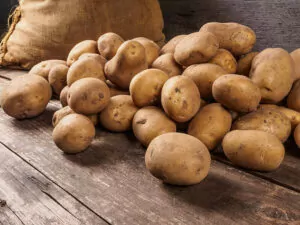
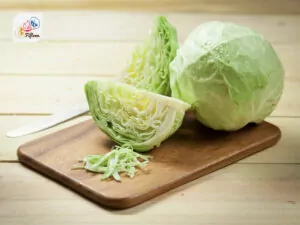
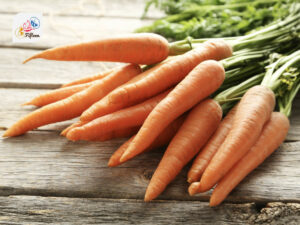
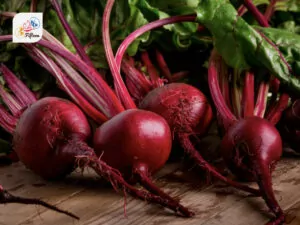
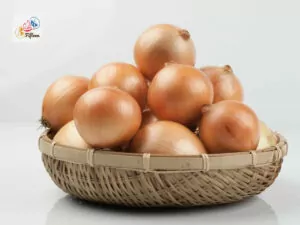
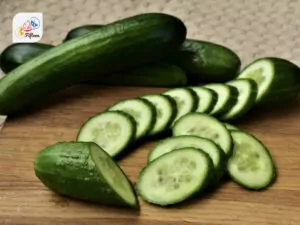
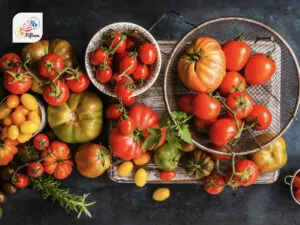
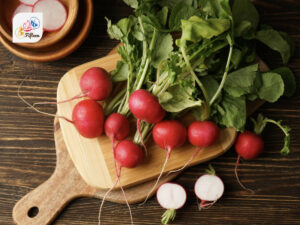
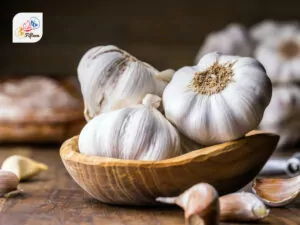
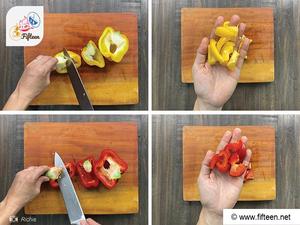
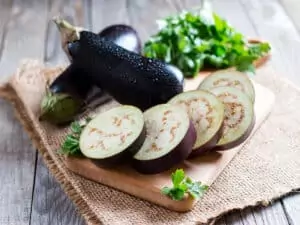
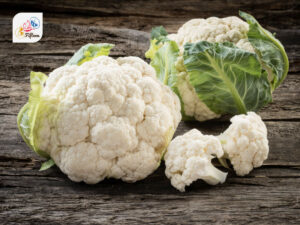
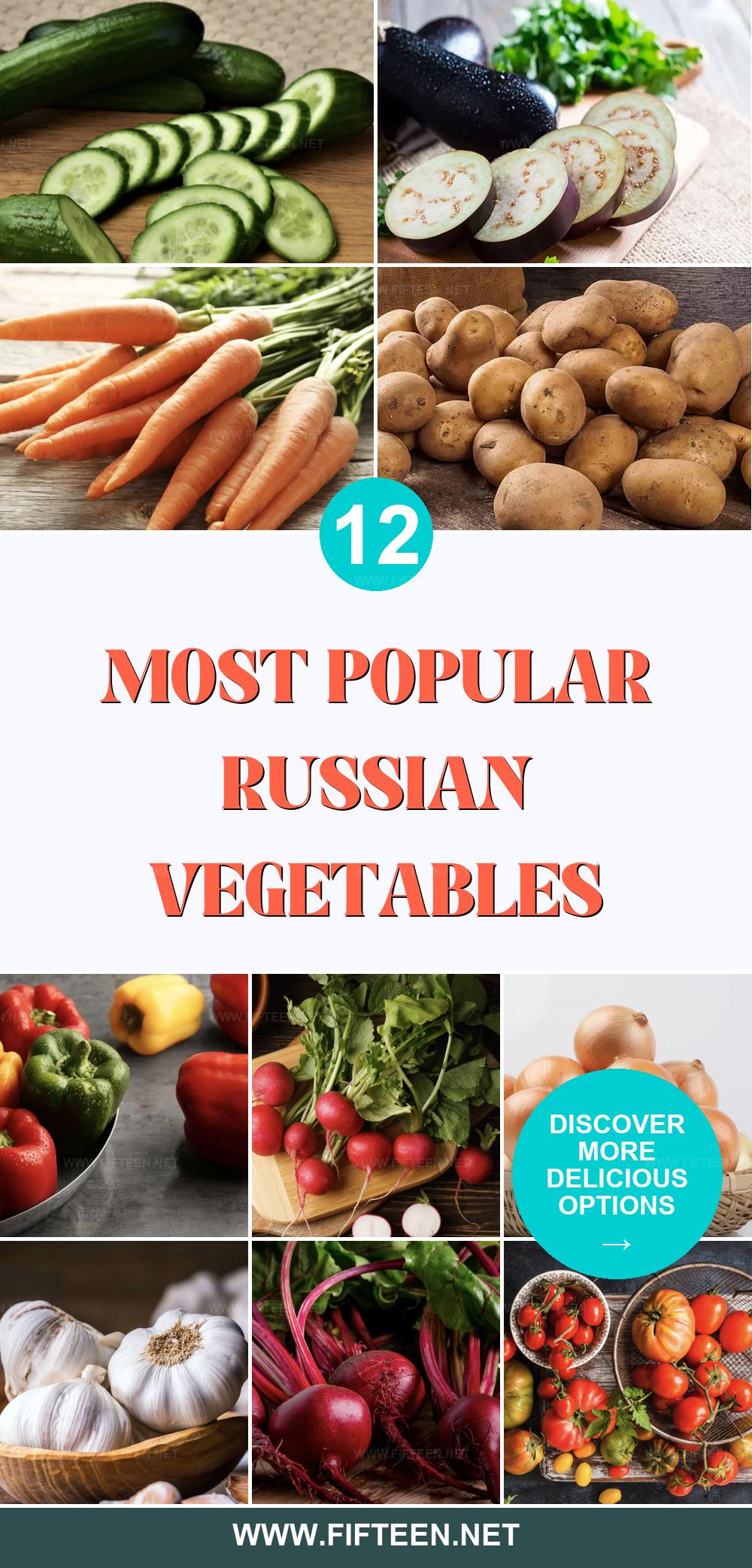
Jamie Scott
Editor in Chief, Senior Content Writer
Expertise
Home Cooking, Meal Planning, Recipe Development, Baking and Pastry, Food Editor, Cooking-video Maker, Western Food Evaluation Expert
Education
Le Cordon Bleu College of Culinary Arts
Local Community College, New York, NY
Jamie Scott is a skilled culinary expert and content creator specializing in Western cuisine. With over 15 years in the culinary field and formal training from Le Cordon Bleu, Paris, Jamie deeply understands how to blend nutrition with delicious flavors. His passion for cooking matches his commitment to making healthy eating accessible and enjoyable.
On Fifteen.net, Jamie brings a fresh perspective to classic dishes and beverages, offering readers insightful recipes, cooking tips, and a fresh view on meal planning that emphasizes taste, health, and simplicity.